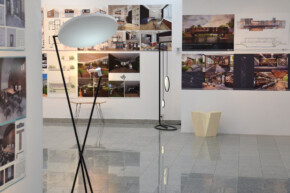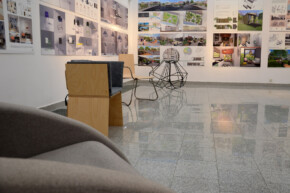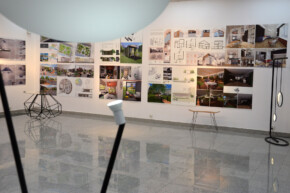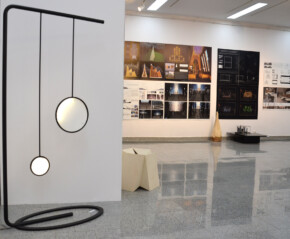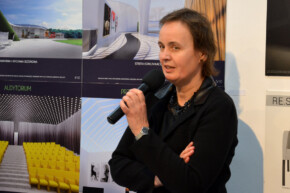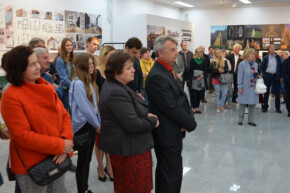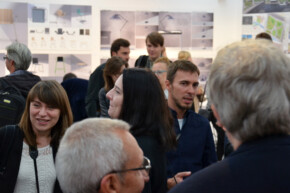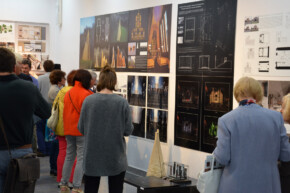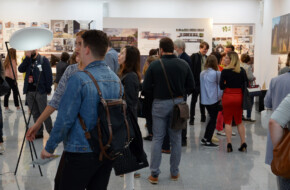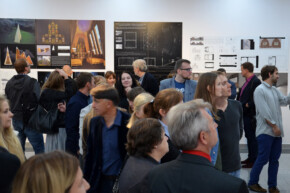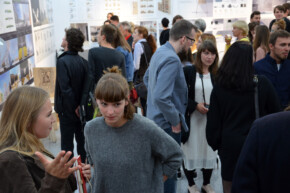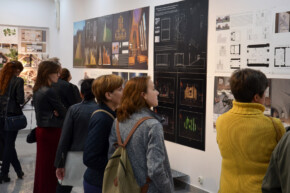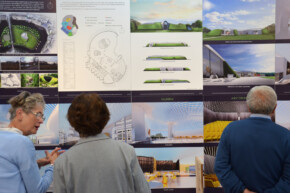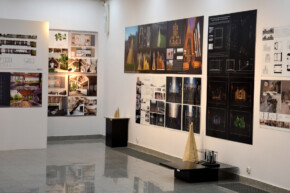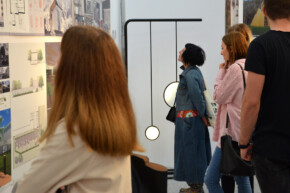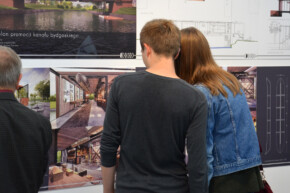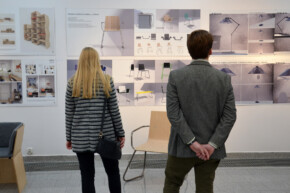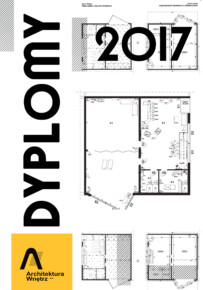Should architecture be a quiet, modest background for life? Or should it discipline and shape its inhabitants? To what extent should it be an open form, susceptible to inhabitants’ inventions, and to what extent should it be a complete work realizing the designer’s vision? What are the fundamental questions that an architect should ask himself before starting to work? Where? For whom? Why?
The diploma works of students of Interior Architecture at the University of Technology and Life Sciences, which will be presented at the exhibition at the Municipal Gallery bwa in Bydgoszcz, are an interesting spectrum of different views on space and the functions to be performed by the construction structure. Young interior designers study their closest surroundings and want to make them more friendly and effective for local communities. In the exhibition there are no “glass houses” or shows of creative virtuosity. Instead, it will be possible to encounter works whose authors attempted to look humbly at the characteristics of the place, the needs of people and residents. Thus, ideas for changes in the use of monuments (Izabela Mikołajczak), industrial buildings (Patryk Wysocki) and rural farm buildings (Magdalena Samełko) will be presented on the exhibition. There will also be attempts to challenge the architecture of the communist era – its analysis and interference in its faulty or less efficient structures (Marta Majer). Some graduates focused their efforts on the issues of identity and otherness. Opposing the ongoing unification of cultural landscapes, they decided to explore the issue of ethnographic minorities’ distinctiveness using the example of sacred architecture (Mikołaj Lubczyński). The diploma thesis also included studies on various spots of Bydgoszcz, which despite their central or inner-city location seem underestimated, neglected and forgotten (Barbara Walczak). Recognising the potential of these places and developing solutions consistent with the city’s identity and history were the core of these projects. The subject of uniqueness, authenticity and place identification will also appear at the exhibition in works of a more personal character, assuming interference in the family home, i.e. a place that for years has been overgrown with emotions, stories of subjective dimensions. Created by her ancestors on the basis of standardised designs, this building is a kind of palimpsest in the eyes of a young designer (Joanna Zielińska) that she wants to overwrite without the need to completely obscure the traces of previous authors/occupants.
Finally, it is worth noting that the exhibition of the diploma works is also a record of the exchange of ideas between the student and the mentor (promoter). The students’ projects are a result of the clash of their youth, creative anxiety, searching, with the experience and consciousness of the tutors – associate professor Maciej Świtała, Prof. Lech Tempczyk and Prof. Remigiusz Grochal. These works are the end of one way and the beginning of another. They are the seeds of fields of study that our graduates can take. Of course, this is not about the matters of efficiency, fashion or aesthetics (understood superficially) but about a way of thinking about structure and space. About the essence of interior design.
Magdalena Rucińska
opening of the exhibition 04.09.2017 (Monday), 6pm
exhibition open until 17.09.2017


